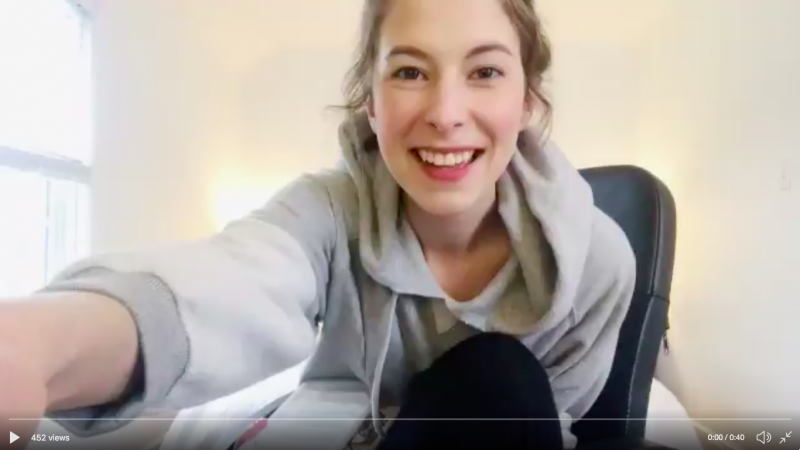On the second day of her school’s COVID-19 related closure, sixth-grade teacher Elizabeth Raff sent her students a video through Google Classroom. In it, she talked about what she had been up to, including celebrating her son’s second birthday at home, and she told her students that she missed them and wanted to hear how they were doing. She invited them to send her an email, and she promised to reply. Within a few hours, her inbox was flooded.
While some schools around the country have initiated online instruction in response to the coronavirus outbreak, Penn Manor School District where Raff teaches in central Pennsylvania, is one of many districts that has not done so because of challenges in providing distance learning for all students. In a survey conducted by Education Week, 41 percent of school leaders said they could not make remote learning accessible to every student for even one day.
Though educators in such districts cannot teach classes or give assignments, they can still play a valuable role in their students’ lives by staying connected in this time of uncertainty and heightened anxiety. “We know that strong, secure bonds with our teachers are really important in social-emotional development. To suddenly lose out on that under such strange and unprecedented circumstances can be really hard on kids,” said Jamie Howard, a senior clinical psychologist in the Anxiety Disorders Center at the Child Mind Institute and the director of the Center’s Trauma and Resilience Service.
“We have physical distance, but we don't have to have emotional distance,” Howard said. As Raff saw with her students, hearing from their teachers provides young people comfort and consistency amid the disruptions caused by school closings and social distancing.


